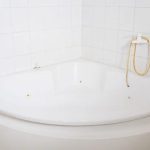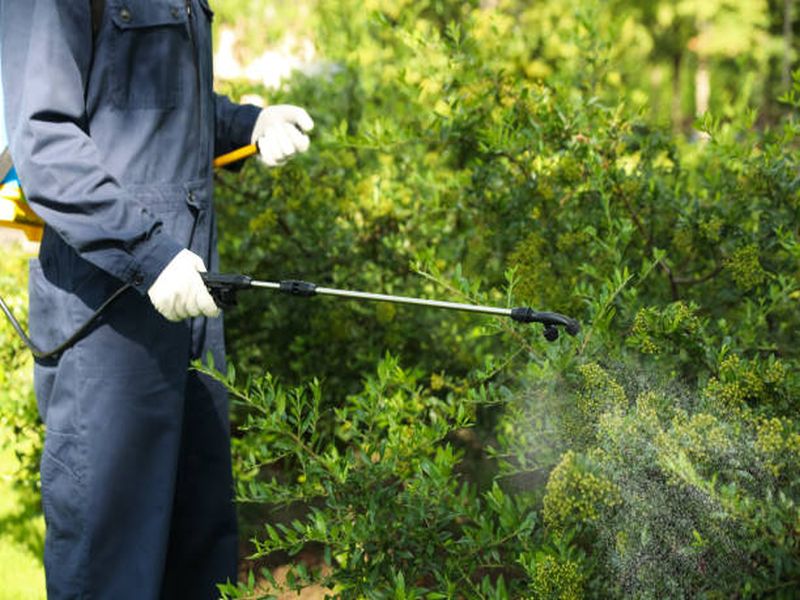Advanced technologies can be used to enhance the efficiency of irrigation and also increase yields. There are several ways to conserve water, from sensors that measure soil moisture to rainwater harvesting.
Separate plants into hydro zones to determine which areas need greater or lesser water. Use a rain barrel or another container to capture rainfall and connect it to your system via a water hose for lawn and garden watering.
Drip Irrigation Systems
Drip irrigation saves water by precisely applying the correct amount of water directly to the plant roots. Overwatering can lead to root rot or other diseases. It also reduces evaporation and deep bec tuoi cay drainage, which is particularly beneficial in dry areas.
A drip irrigation system eliminates the moisture they need to grow, which can reduce or eliminate weeding in gardens and fields. The method of irrigation also helps keep the soil at an optimal moisture level, reducing the requirement for fertilizers.
To optimize the effectiveness of drip irrigation systems, it is crucial to track the effectiveness and take daily readings. Water flow meters are a good tool to identify deviations from the usual rate of water. This may indicate leaks or emitters that are clogged. It is also recommended to group plants that require similar water requirements at the same valve as this will help to prevent turf from being over-watered or under-watering of shrubs and ground cover. Regular flushing of the tubing and tape with chlorine is essential to prevent clogging.
Smart Sprinkler Controllers
Smart irrigation controllers can help reduce water waste. Overwatering plants could cause the plants to die or stimulate shallow roots. It can also cause fungi, diseases or soil runoff, which can pollute the waterways. A clock-timer controller that is standard could be replaced by a WaterSense-labeled soil humidity or weather-based irrigation control. This will help homeowners save 7,600 gallons of water each year.
Smart controllers make use of an internet connection to alter the amount of time and frequency your sprinklers operate based on your landscape needs. These controllers be used in conjunction with other sensors to adjust your irrigation.
A smart sprinkler controller can be used to conserve water by pairing it with sensors that can detect freezing and rain. This will prevent your sprinkler system from irrigating immediately before and after the event of freezing or rain.
Another alternative is a weather-based intelligent controller that makes use of an on-site soil moisture sensor to determine the amount of evapotranspiration in your landscape (ET) every week, and adjusts the irrigation schedule to reflect this. The controllers can be purchased for installation by Oregon landscaping professionals or homeowners.
Soil Moisture Sensors
Soil moisture sensors allow farmers and agritech companies to monitor the level of water near the roots of crops to limit the use of water that is inefficient. This improves soil health, cuts down on the costs of fertilizer and energy use as well as protects the local water resources from being depleted, and yields higher farmer profits.
The majority of sensors employ capacitance or resistance in order to determine the moisture content of soil. Capacitive sensors measure moisture content by measuring the difference in capacitance between two prongs on the sensor. Resistive sensors use changes in electrical conductivity in order to determine the amount of moisture.
The sensor for soil moisture should be calibrated to the soil type in which it is being utilized. Utilizing a sample of soil inside a calibration container then fill it to a point that is equivalent to the highest soil water potential of that soil type (usually about 50 percent depleted). Add a small amount of distilled water, and mix it thoroughly. Replace the sensor and position it in the container, making sure it’s fully submerged and that there is no gap between the sensor and the soil. Take a note of the voltage reading, and assign it a value to calibrate.
Rainwater Harvesting for Irrigation
Rainwater harvesting has been used for a long time to substitute or enhance traditional methods of irrigation in areas that have less water resources. Retention and storage of rainwater permits farmers to reduce their dependence on controlled water resources, which can help maintain the balance of hydrogeology in rivers and lakes while reducing the cost of irrigation.
The most basic RWH systems comprise an approach to collect rainwater (like a gutter and downspout) as well as a way to redirect the rainwater into a storage location (such as barrels) and a pumping and delivery system to send the harvested water to the crop. Filtration and monitoring equipment are included in more complex systems. The amount of filtration and storage space is needed will depend on the type of end-use.
The most popular use for RWH is for supplementary irrigation, which can be used to supplement the current rainfall or reducing intensity and frequency of traditional irrigation. RWH can also be a great source of fresh, clean water for areas that have contamination of groundwater, or in areas in which desalination, as well as the expense of piping water from distant sources, are too expensive.
Design for efficient irrigation
The design of irrigation is a meticulous, specialized process that depends on each project’s layouts, dimensions, sources of water and more. An experienced designer takes these aspects into consideration when designing a system, especially for high-end or municipal projects in which the price of an unsuitable design can easily run into thousands in additional materials. You can also request backs to rectify issues after they’ve been installed.
For areas with a shortage of water increasing the efficiency of physical irrigation can be an effective way to conserve water in the agriculture sector (Perry and Steduto 2017). However, this requires understanding how efficiency improvements affect the structure of revenues and costs that are based on the allocation regime in place. The majority of allocation regimes rely on a common pool, or prior appropriation that limits the ability for farmers to exchange water.
Also, higher irrigation efficiency methods such as drip and sprinkler systems require bigger pipes as well as pumps and infrastructure that consume energy, especially in areas where electricity costs are subsidised or the only source of electricity is diesel or solar. This makes them a expensive investment for crops with lower value. It is crucial to think about all of these aspects prior to investing in new technologies.












